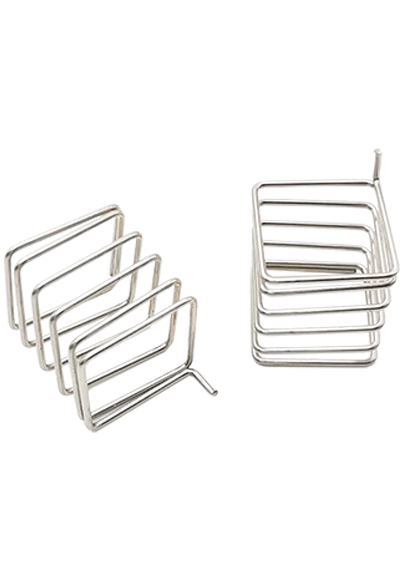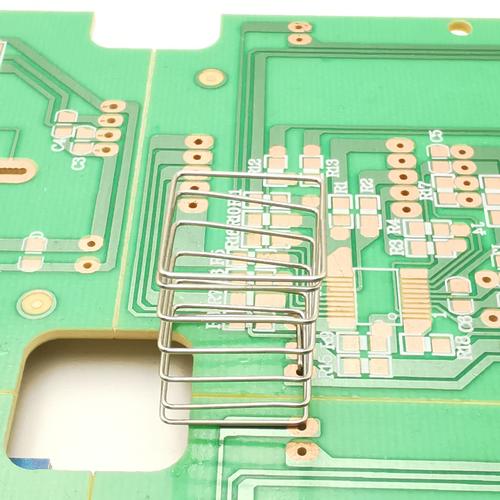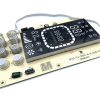
Washing Machine Touch Spring For Maximizing Performance
In the realm of household appliances, the washing machine stands as an indispensable workhorse, simplifying the daunting task of laundry. Yet, amid the intricate mechanisms that power these appliances, one component often overlooked is the touch spring. In this comprehensive guide, we delve into the nuances of the washing machine touch spring, exploring its pivotal role and offering insights on optimizing its functionality for enhanced washing machine performance.
Understanding the Washing Machine Touch Spring
What is a Touch Spring?
The touch spring in a washing machine plays a crucial role in ensuring the seamless operation of the appliance. It functions as a sensor, detecting various stages of the washing cycle and facilitating communication between different components. This intricate piece of engineering ensures precision and efficiency in the washing process.
Importance of a Well-Functioning Touch Spring
A well-functioning touch spring directly impacts the overall performance of your washing machine. From regulating water levels to controlling spin cycles, this component is integral to the appliance's functionality. Any issues with the touch spring can lead to disruptions in the washing process, affecting the quality of the wash and potentially causing damage to other parts of the machine.
Signs of a Failing Touch Spring
Identifying potential issues with the touch spring is essential for timely maintenance and optimal performance of your washing machine. Here are some signs that your touch spring may be failing:1. Inconsistent Water Levels
If you notice erratic water levels during the washing cycle, it could indicate a malfunctioning touch spring. This inconsistency may result in inadequate cleaning and rinsing of your laundry.2. Abnormal Spin Patterns
A failing touch spring can disrupt the normal spin patterns of your washing machine. This may lead to uneven distribution of clothes and, in extreme cases, cause the machine to shake excessively during operation.3. Unusual Sounds
Strange noises emanating from your washing machine could be a red flag. A malfunctioning touch spring may produce unusual sounds as it struggles to communicate with other components during the washing process.







